24 February 1755
Robert Adam arrives at Rome
24 February 1761
James Adam arrives at Rome
24 February 1778 Tuesday
Vases, Candelabra, Grave Stones, Sarcophagi. Tripods, Lamps and Ancient Ornaments volume I
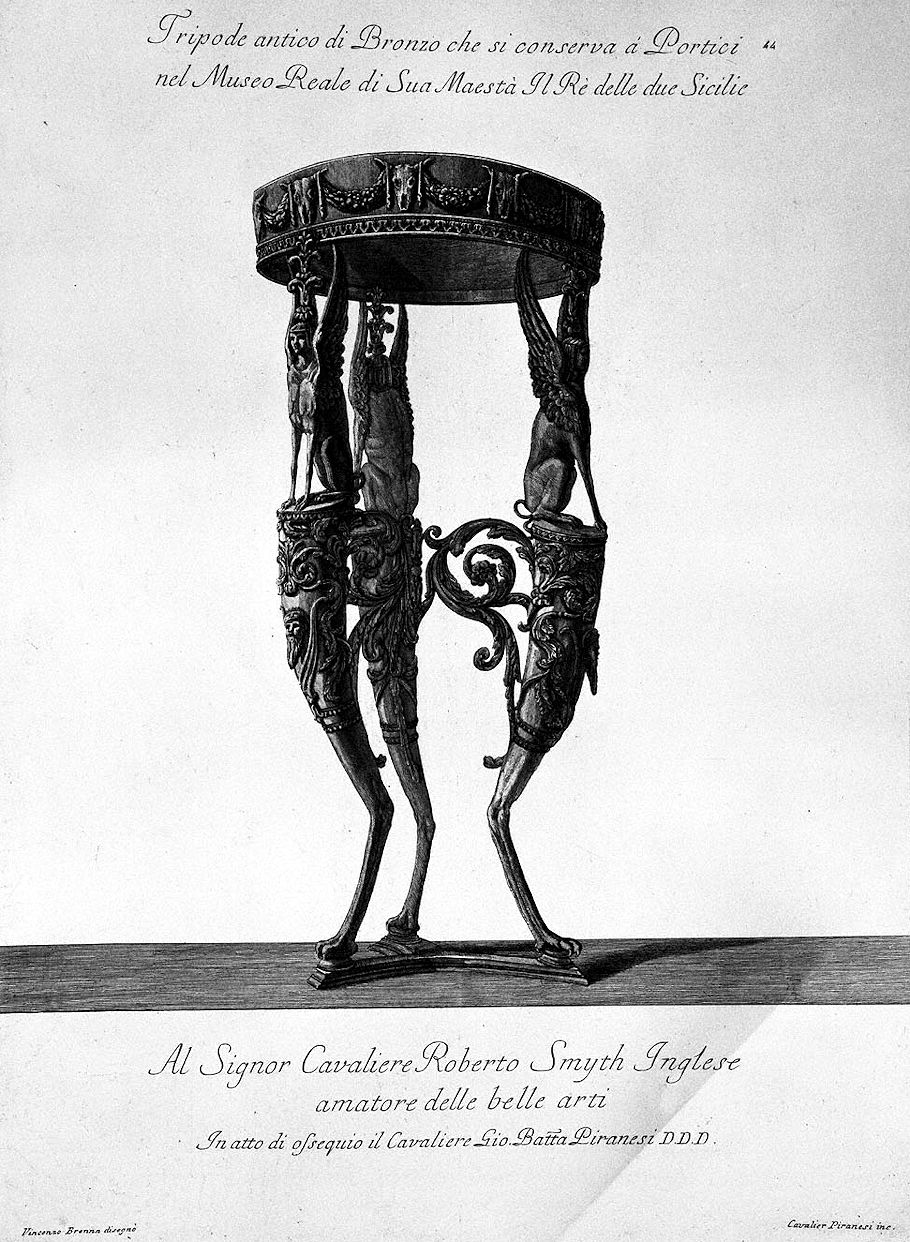
Ancient bronze tripod which is kept in Portici in the Royal Museum of His Majesty The King of the Sicilies
To Signor Cavaliere Robert Smyth English lover of the fine arts
In deed of respect the Cavariere Gio. Batt(ist)a Piranesi D.D.D.
Vincenzo Brenna drew Cavalier Piranesi engraved
24 February 1812 Monday
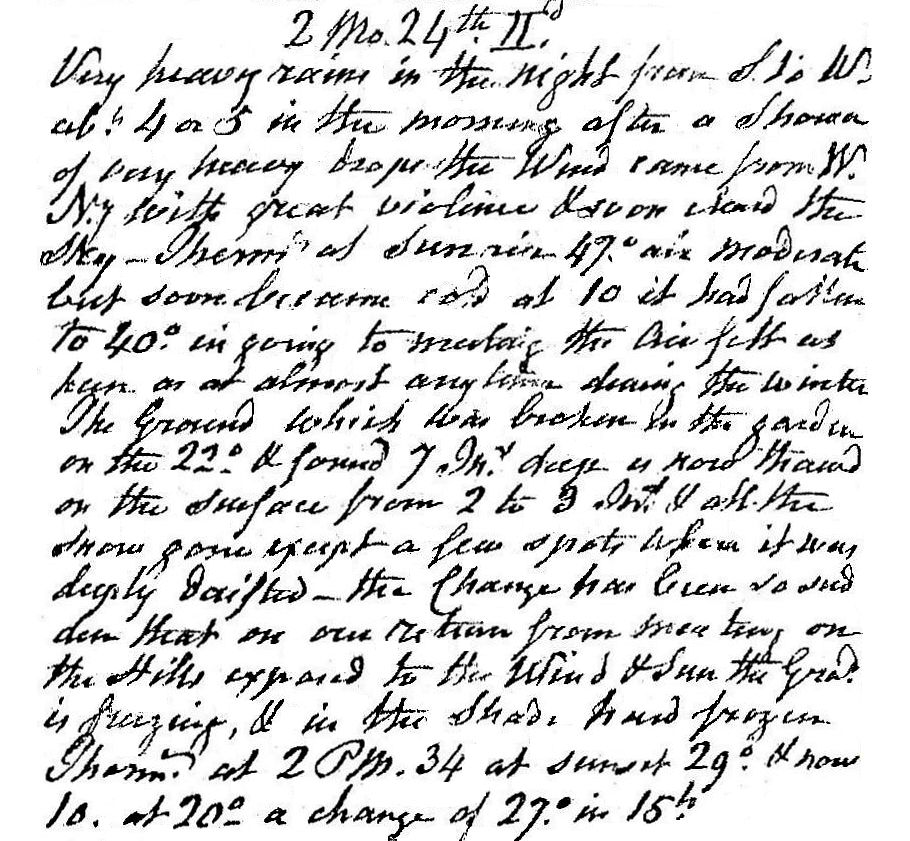
Very heavy rain in the night from S to W. About 4 or 5 in the morning after a shower of very heavy drops the wind came from WNerly with great violence and soon cleared the sky. Therm. at sunrise 47°. Air moderate but soon became cold at 10. It had fallen to 40°. In going to meeting the air felt as keen as at almost any time during the winter. The ground which was broken in the garden on the 22nd and found 7 inches deep is now thawed on the surface from 2 to 3 inches and all the snow gone except a few spots where it was deeply drifted. The change has been so sudden that on our return from meeting, on the hills exposed to the wind and sun the ground is freezing and in the shade hard frozen. Therm. at 2 PM 34, at sunset 29° and now 10 at 20°. A change of 27° in 15 hours.
24 February 1998
Re: in the mail, etc. from Susan M. Dixon
Just received them today! Thanks. I probably won't get to them for a while because I'm off to Toronto tomorrow. But they look interesting!
The translation reads: The Circus Apollinare of "Domizia" ([reference in] Procopius [he's the biographer of the Emp. Justinian, c. 527-40, and his famous book is On Building in which he describes Hagia Sophia], in the book On the Gothic wars [beats me, I didn't know he wrote such a book] P.S. There is another Procopius!! an emperor after Constantine, born 326 and died 366! He's more likely the author of this On the Gothic Wars. The ruins of this circus were uncovered 18 years ago in the site where we have drawn it, and where they are noted by Nolli in his plan of modern Rome. Fulvio (I think he means Fulvio Orsini, an archaeologist of the late 16th century) speaks of this, when he says "here rest still, outside the gate of Castello or Porta Castello, in those nearby vineyards, not far from Hadrian's tomb, a little form/outline of a circus made of black hard stone (actually I think pietra nera e dura is a type of stone that is black and hard rather than just any old black and hard stone) that is almost totally ruined.
I'm curious about the labeling of "Domitae" on the map, and the reference to the Italian "Domizia" in the text. I've never seen a reference to that stadium as other than the Stadium of Domitian, in all my 16th and 17th-century guidebooks. But then, I've never read this Procopius. But my thoughts are as follows:
a) -ae is the Latin ending denoting the possessive of a feminine noun. But Nerva's stuff gets called Nervae, and there is a grammatical oddity that gender of words/signifier doesn't always have anything to do with gender of the signified.
b) Piranesi clearly knew that the translation of Domitian in Italian is "Domiziano", and not "Domizia" because he uses "Domiziano" in his text.
c) He doesn't mention this stadium/circus at all in the text, but it should have been in ch. 6.
d) The Romans were very good at naming buildings after family members, as you probably know. In fact, the famous Basilica Marciana is named after some female relative of Caesar Augustus. In his text, Piranesi cites plenty of other examples of buildings named after imperial women.
e) The Domitia I know is the wife of Domitian, and is suspected of helping assassinate him. She might be the same one you've found that is related to Nero.
and finally:
f) It's really too much for me to sort through at the moment, and without the Procopius text, I'm not willing to make any big deal about it. It still looks like the stadium that everyone else refers to as Domitian's to me.
"If nothing else, Piranesi certainly keeps us "digging"! Hope you enjoy the articles."
He certainly does that! Sue
interesting interesting
Hi Sue,
Thanks for providing the translation; it is all very interesting, and, like you say, a lot to sort through.
I should have mentioned that I found Domitae and her garden referenced in the 1904(?) Rome Topography guide by Plattner that I told you I found at Paley Library this past summer. Domitae (Nero's aunt) and her garden are further referenced (through Plattner) in Tacitus (and I think one other source -- I don't have the text in front of me) when apparently Tacitus mentions that Nero had Domitae killed and then took her garden, which he then added to his own garden along with the adjacent garden of Agripinnae (Nero's mother) whose garden Nero also took after he had his mother killed. Ultimately, that whole area in the Ichnographia west of the Tiber became the Gardens of Nero, and thus seems to have remained Imperial property at least down until the time of Constantine.
I agree with you that there is much to feel ambiguous about, and I think there is even room for speculation as to whether Piranesi was even trying to intentionally confuse the issue. In the end, however, if there indeed was a circus in the garden of Domitae (besides the Circus Hadriani and regardless of who it was named for), then Piranesi's delineation of two circuses within the area of Hadrian's tomb is not a pure fantasy!
Steve
24 February 1999
Re: irrational architecture
The Campo Marzio is a very cleverly designed time-capsule, and it is a coded message in virtual stone.
24 February 2006
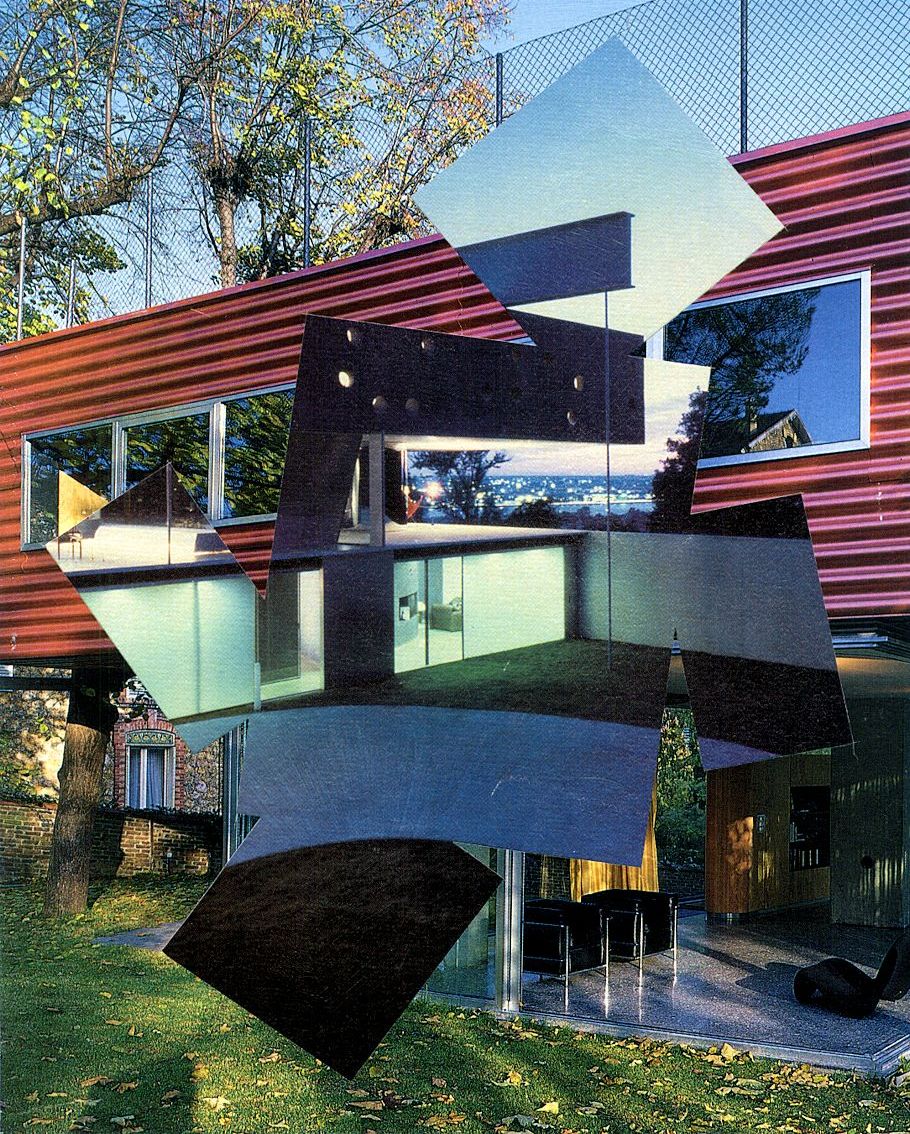
Husker Du Haus
24 February 2017
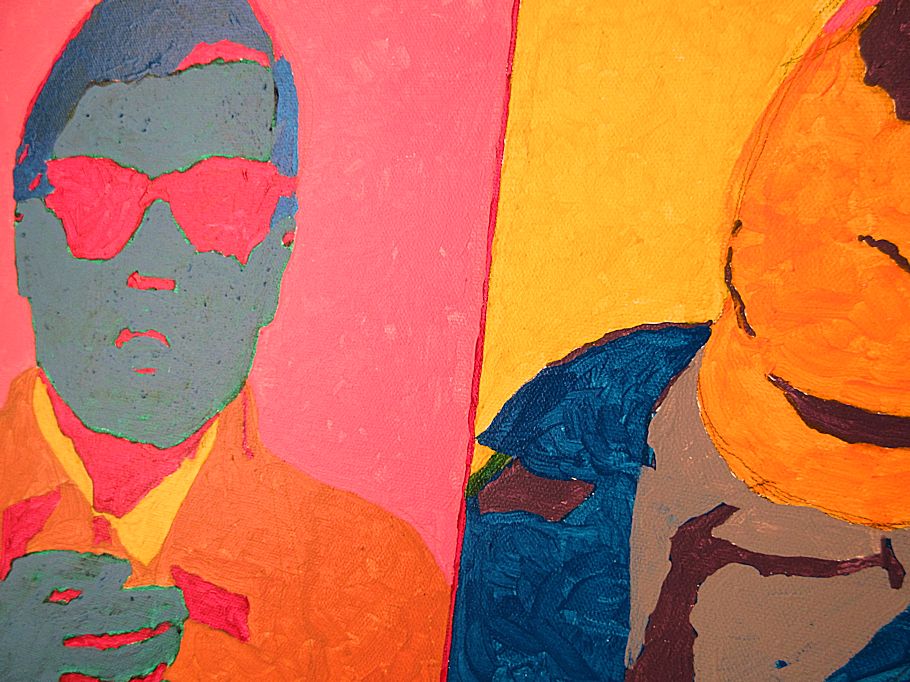
24 February 2023 Friday
Raccolta de' tempj antichi Parti I
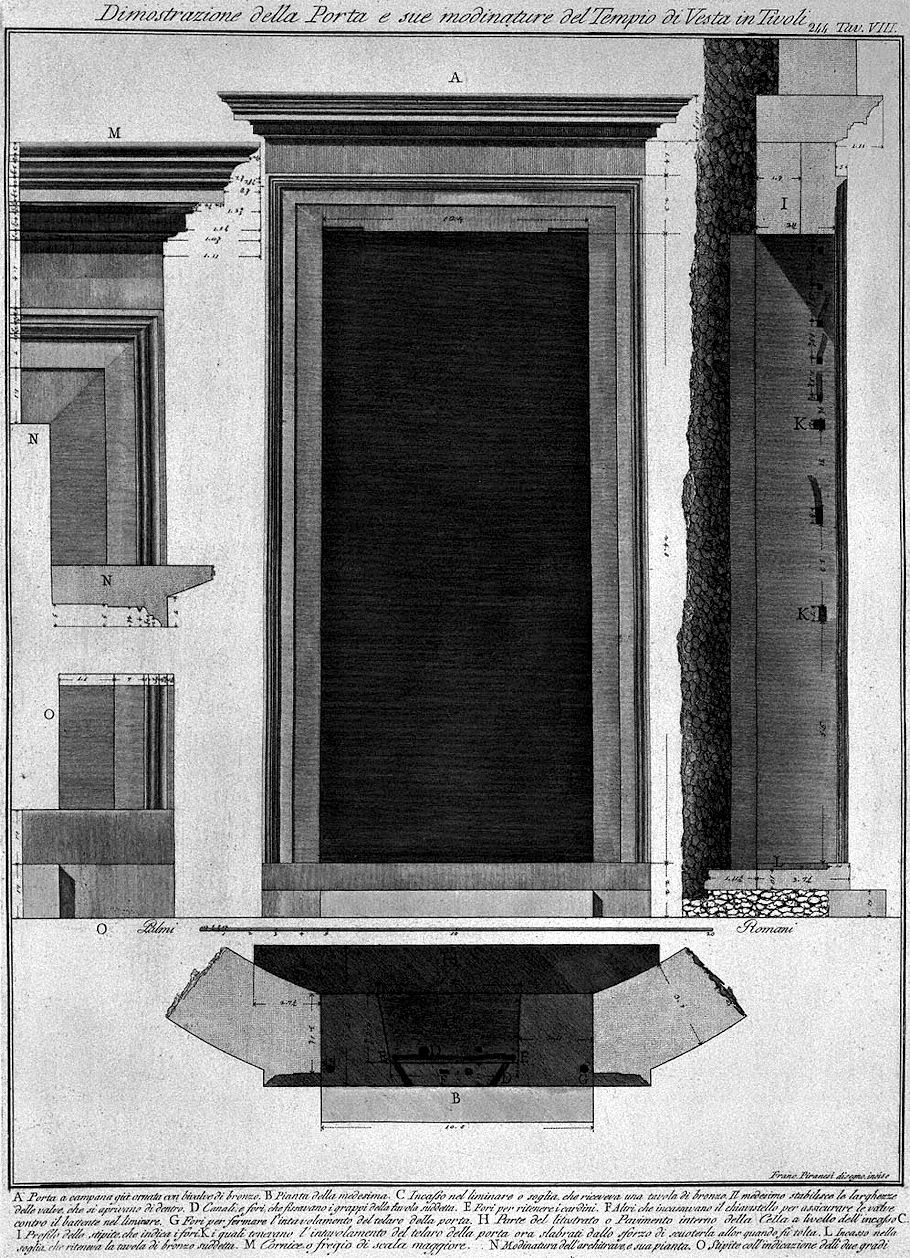
Demonstration of the Entrance and its moldings of the Temple of Vesta in Tivoli.
A Bell-shaped door already decorated with bronze bivalves. B Plan of the same. C Recessed in the liminal or threshold, which received a bronze table. The same establishes the widths of the valves, which opened from the inside. D Channels, and holes, which fixed the clamps of the aforementioned table. E Holes to retain the hinges. F Others that encased the latch to secure the shell against the sash in the liminal. G Holes to stop the door frame boarding. H Part of the lithostratum o Internal floor of the Cella at the level of the recess C. I Profile of the jamb, indicating the holes, K which held the paneling of the door frame now torn apart by the effort of shaking it when it was removed. L recess in the threshold, which retained the aforementioned bronze table. M Cornice or frieze on a major scale. N Molding of the architrave, and its plan. O Door jamb with the indication of the two degrees
Franc. Piranesi drew, engraved 1780
|